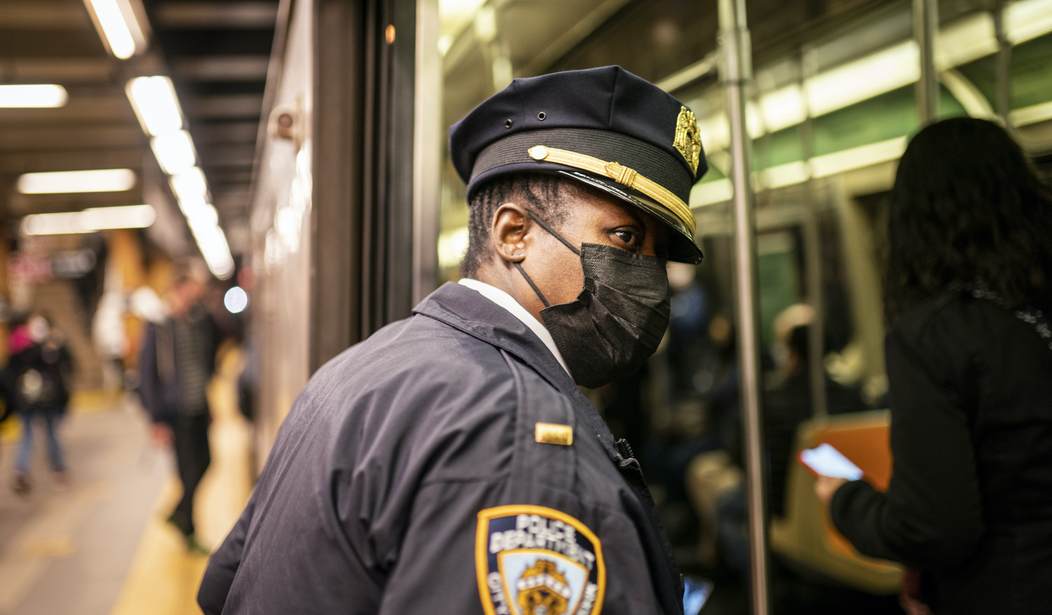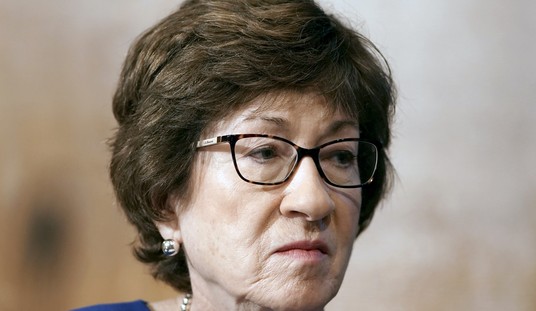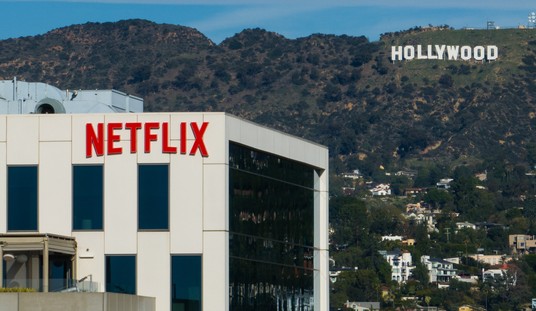Shortly after New York City Mayor Eric Adams, who had previously been a sharp critic of the stop and frisk policing tactic, took office in 2021, he decided to revive the policy, giving it another shot. The change came with the reinstatement of a controversial police unit dedicated to diminishing gun crimes.
A new report suggests this might not have been the best move.
The controversial policy has been found to be not only ineffective but discriminatory, according to a recent report:
The New York Police Department’s anti-crime units are still stopping, frisking and searching too many people unlawfully — almost all of them people of color — despite assurances from Mayor Eric Adams that new policies and training would end the practice, according to a new report by a court-appointed monitor.
The monitor, Mylan L. Denerstein, filed a report in federal court in Manhattan on Monday detailing what she described as unlawful policing. Ms. Denerstein, whose position was created in 2013 after a court ruled the Police Department’s use of stop and frisk was unconstitutional, is assigned to oversee the units, which have a history of targeting Black and Hispanic people.
Earlier versions of the units were responsible for a disproportionate number of police shootings, and they were disbanded in 2020. Mr. Adams reinstated and renamed them after he took office last year, but critics were skeptical that they could be run without racially profiling young men of color, as previous units had.
The monitor’s report continued, exposing a disturbing number of unconstitutional stops:
Almost all of the stops made by the rebranded “neighborhood safety teams” analyzed in the report — 97 percent — were of Black or Hispanic people, and 24 percent of the stops were unconstitutional. Of 230 car stops included in the sample, only two appear to have turned up weapons, the report said.
The study found especially troubling numbers in a handful of precincts, including the 41st Precinct in the Bronx, where only 41 percent of the stops, 32 percent of frisks and 26 percent of searches were constitutional, according to the report.
Stop and frisk is a policing tactic that allows law enforcement officers to stop and briefly detain individuals if they suspect the individual of engaging in criminal activity. It involves patting down the outer clothing of the person to search for weapons or contraband. Stop and frisk gained significant attention and controversy in the United States, particularly in cities like New York, due to its widespread use and allegations of racial profiling and constitutional violations.
Critics argue that the policy disproportionately targeted minority communities, specifically Black and Hispanic individuals, leading to a disproportionate number of stops and searches. They contend that this practice violated constitutional rights, specifically the Fourth Amendment protection against unreasonable searches and seizures. The controversy surrounding stop and frisk sparked public outcry, lawsuits, and debates about the balance between public safety and individual rights.
Federal district court judge Shira Scheindlin in 2013 ruled that stop and frisk was an unconstitutional policy. The city stopped using the tactic in January 2014.
Proponents of stop and frisk argue that it is a necessary tool for maintaining public safety and reducing crime rates in high-crime areas. They contend that the policy enables law enforcement officers to proactively identify and intervene with individuals who may be engaged in criminal activity, including carrying weapons or contraband.
Supporters also argue that stop and frisk can act as a deterrent, sending a message that illegal behavior will not be tolerated. The policy should be viewed in the context of crime prevention, and when properly executed, it can lead to the removal of dangerous weapons from the streets, potentially saving lives. Those who favor the policy posit that focusing on the disproportionate targeting of minority communities overlooks the goal of reducing crime overall and improving the safety of all residents, regardless of their race or ethnicity.
On the other hand, critics have brought up a myriad of problems with stop and frisk. For starters, the data surrounding the policy suggests it is ineffective in achieving its stated goals of reducing crime and improving public safety. Numerous studies and analyses have revealed that the vast majority of stops and searches conducted under stop and frisk yield no weapons or contraband, indicating a low success rate in finding evidence of criminal activity.
The Brennan Center for Justice published a report in 2016 highlighting this issue:
Given this large-scale effort, one might expect crime generally, and murder specifically, to increase as stops tapered off between 2012 and 2014. Instead, as shown below, the murder rate fell while the number of stops declined. In fact, the biggest fall occurred precisely when the number of stops also fell by a large amount — in 2013.
Much of the argument against stop and frisk involves concerns about racial profiling and the violation of civil liberties. The policy has been shown to disproportionately target racial and ethnic minority communities, leading to the harassment and humiliation of innocent individuals based almost solely on their appearance or race.
Data has shown that a vast majority of the individuals stopped and frisked were racial minorities, while the number of weapons or contraband discovered during these encounters was abysmally low. This has cast serious doubt on the effectiveness of stop and frisk as a crime-fighting strategy, suggesting that it is not only an unjust violation of rights, but it also does not make the community safer.
Moreover, opponents argue that stop and frisk erodes trust between law enforcement agencies and the communities they serve. By subjecting individuals to unwarranted stops and searches, particularly in their own neighborhoods, it perpetuates a sense of fear, alienation, and hostility among minority populations.
New York City has a serious crime problem. Mayor Adams has struggled to address the issue. However, using unconstitutional policies that violate people’s rights is not the right step in this regard. Additionally, much of the problem has to do with progressive district attorneys like Manhattan’s Alvin Bragg, who never saw a violent criminal he didn’t want to put back on the street.
This means that even if Adams and the NYPD are serious about arresting dangerous individuals, folks like Bragg will undo that work by protecting them more than the citizenry. It is a tough predicament for New Yorkers, which is why so many of them are fleeing the state.













